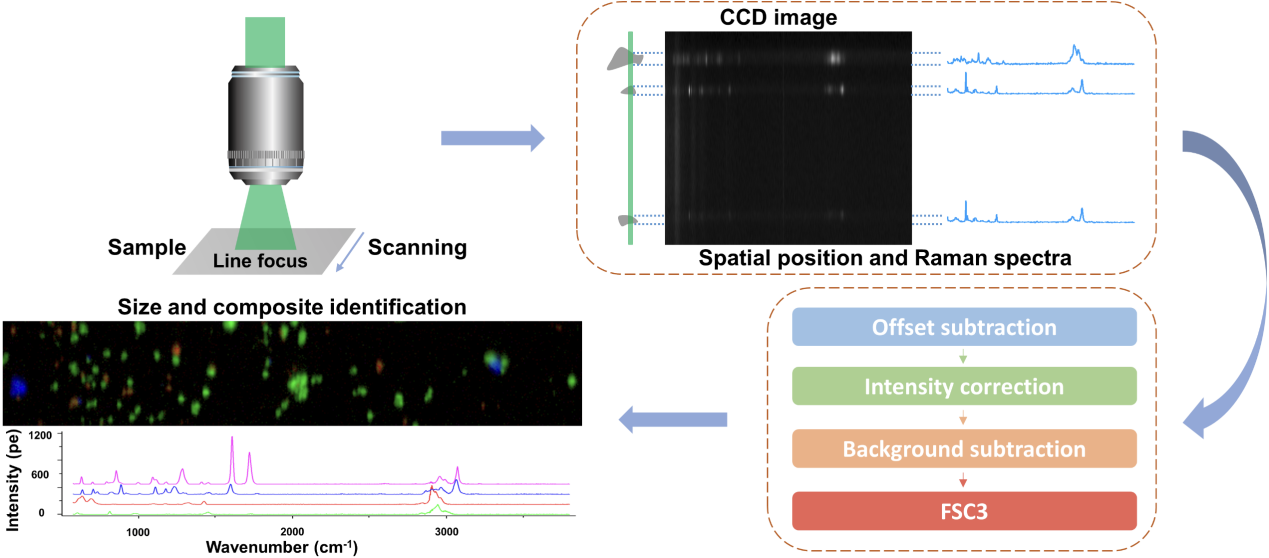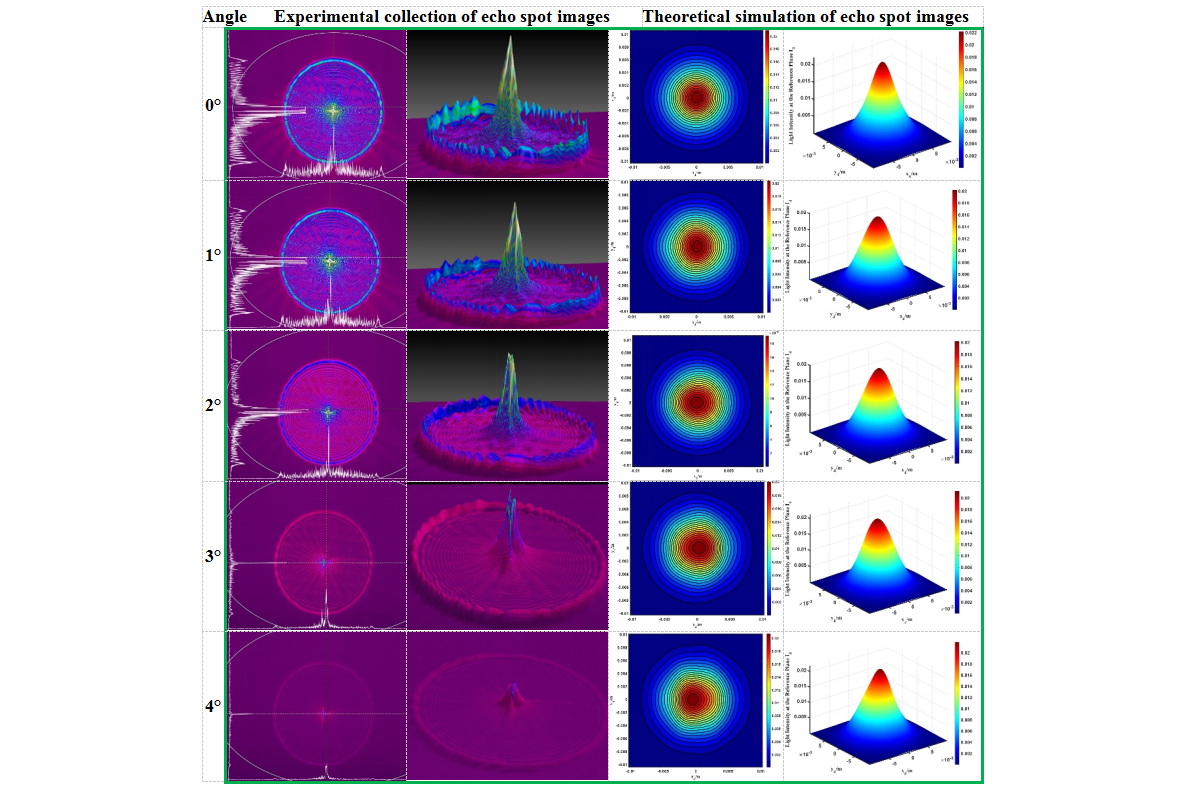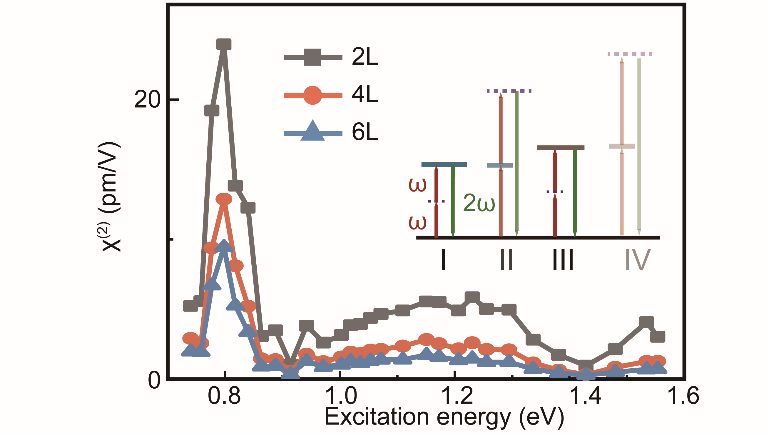
In a study published in Talanta, a research group led by Prof. LI Bei from the Changchun Institute of Optics and Precision Mechanics and Physics (CIOMP) of the Chinese Academy of Sciences (CAS), in collaboration with Prof. Wolfgang Langbein from Cardiff University, proposed a novel line scan Raman micro-spectroscopy technique for rapid identification of micro and nanoplastics.

In a study published in Optics Express, a research group led by Prof. CHEN Fei and his Doctoral student LV Zhe from Changchun Institute of Optics, Fine Mechanics and Physics (CIOMP) of the Chinese Academy of Sciences (CAS) proposed a three-dimensional echo distribution calculation model of an obliquely incident dual-band laser based on the Collins diffraction integral formula and aperture function expansion as the sum of complex Gaussian functions.

A new type of non-mechanical beam steering device, based on liquid crystal (LC) cladding waveguide, is the Steerable Electro-Evanescent Optical Refractor (SEEOR), which has attracted widespread attention due to its large angle, continuous steering, and fast response time. However, a comprehensive theory on how to design SEEOR coupling structures with high coupling efficiency is still unclear.

Amer Kotb from Changchun Institute of Optics, Fine Mechanics and Physics (CIOMP) of the Chinese Academy of Sciences (CAS) and his co-authors, Kyriakos Zoiros from the Democritus University of Thrace, Antonios Hatziefremidis from National Kapodistrian University of Athens, and Chunlei Guo from the Institute of Optics, University of Rochester, Rochester, have employed Z-shaped silicon-on-silica waveguide to demonstrate AOLGs, including XOR, AND, OR, NOT, NOR, NAND, and XNOR, that operate at 1.55 μm.

In a study published in Biosensors and Bioelectronics, a research group led by WU Yihui from Changchun Institute of Optics, Fine Mechanics and Physics (CIOMP) of the Chinese Academy of Sciences (CAS) proposed multistage microfluidic cell sorting method and chip based on size and stiffness.

In a study published in Advanced Optical Materials, researchers from Changchun Institute of Optics, Fine Mechanics and Physics (CIOMP) of the Chinese Academy of Sciences (CAS) have systematically investigated the second harmonic generation (SHG) in mechanically exfoliated, few-layer ReS2 samples which is strongly dependent on stacking order, layer number, fundamental photon energy, and light polarization.
